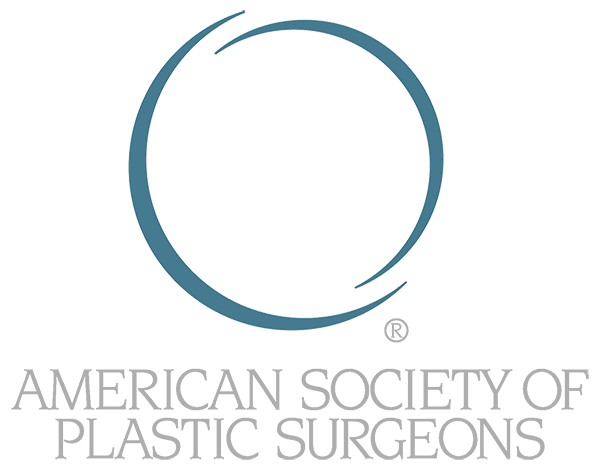Eyelid procedures, also known as blepharoplasty, can improve the appearance of eyelids. Conditions of the eyelids include excess skin that obscures the natural fold of the upper eyelids, loose skin hanging down from the upper eyelids, a puffy appearance to the upper and lower eyelids, excess skin and fine wrinkles of the lower eyelids, bags and dark circles under the eyes; and lower eyelid droopiness.
There are two main types of blepharoplasty: upper and lower blepharoplasty. Upper blepharoplasty rejuvenates the upper eyelids, while lower blepharoplasty addresses the lower lids. When a patient is getting both procedures performed during the same surgical session, upper blepharoplasty is typically performed first.
Blepharoplasty is suitable for patients who are unhappy with the aged or tired appearance of their eyes. Patients with droopy lower eyelids and large exposed white eye areas are also candidates. Patients with impaired vision due to their sagging upper eyelids are excellent candidates for eyelid procedures.
Ideal candidates for blepharoplasty are healthy and have no post-surgery healing issues. Non-smokers are preferred, since smoking can increase the chance of complications during and after surgery.

A facial examination will be performed. Patients with underlying issues such as excessive alcohol and tobacco consumption should tell their doctor about these issues during their consultation. It is highly necessary to disclose all your medical information to your doctor; failing to do this can lead to severe complications.
Before eyelid surgery, the patient will need to have a consultation with a plastic surgeon. As part of this consultation, the plastic surgeon will tell the patient about the details of the procedure, including preparation and the healing process. The patient will discuss their aesthetic goals with the surgeon so that the surgeon can recommend the best way to accomplish these goals.
The plastic surgeon will show the patient photos of past cases they can see their potential results and develop expectations accordingly. Any questions patients may have can be addressed during the consultation.
At the start of eyelid surgery, anesthesia is administered. This ensures that the patient does not feel any pain or discomfort during the surgery.
Once the anesthesia has taken effect, very small incisions are carefully created to allow the surgeon access to the underlying tissues. For upper blepharoplasty, the incision is made in the natural line crease at the top of the eyelid.
For lower blepharoplasty, two potential techniques can be used. The transcutaneous technique involves an incision made just below the lash line. The transconjunctival technique involves an incision made on the inside of the eyelid. The transconjunctival technique is better for completely hiding any post-surgical marks, but it can only be used to address fat in puffy lower lids.
After incisions have been made, drooping skin and muscle tissue are tightened. Tissue may be removed if required. Excess bulging fat can be removed or repositioned according to the patient’s needs and anatomy.
Finally, the incisions are closed using sutures. In most cases, the sutures will need to be removed within one week during a post-operative appointment.
Pricing for Blepharoplasty includes doctor fees, hospital fees, and anesthesia.
• Blepharoplasty: $4165-$5445
If a patient is undergoing their eyelid procedure for functional reasons, its cost may be covered by their health insurance provider. We recommend that patients consult their healthcare provider for more information regarding insurance coverage.
*Prices may vary based on the specific needs of the patient and scope of the procedure
Once your eyelid procedure is complete, you will be able to go home to rest and recover. You will need to arrange for a ride home in advance from a friend or family member, since you will not be able to drive immediately following the surgery.
It will be important for you to follow your plastic surgeon’s aftercare instructions as closely as possible during recovery. This will make for a shorter and more comfortable healing process.
Recovery after eyelid procedures involves a minor degree of swelling and bruising in the surgical region; this is a natural result of tissue removal. Cold compresses can generally reduce swelling, and both bruising and swelling will resolve naturally in time.
Keep your head elevated during blepharoplasty healing. Eye drops or ointment are generally prescribed to alleviate dry eyes.
Some time off from work will be required, usually around ten days. All physically taxing activities should be avoided for about three weeks, including exercise routines and sports. Additionally, keep your eyelids protected from wind and heavy sun exposure whenever you are outside.
The complete results of your blepharoplasty can be seen after you have fully recovered and all swelling has ameliorated.
Eyelid procedures can revitalize your eyes and provide you with a younger-looking appearance. To find out more about blepharoplasty, contact Associates in Plastic Surgery and set up your consultation.